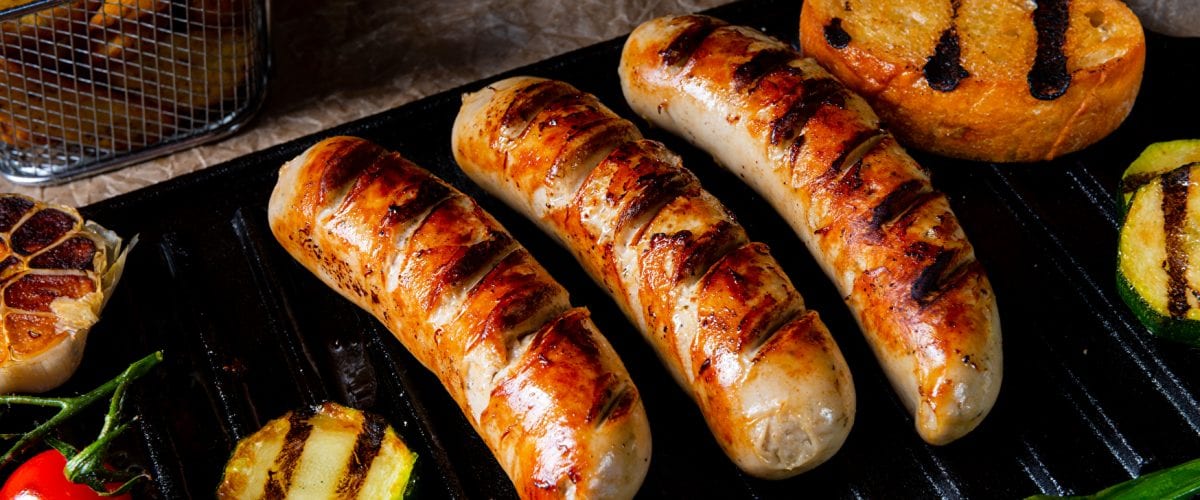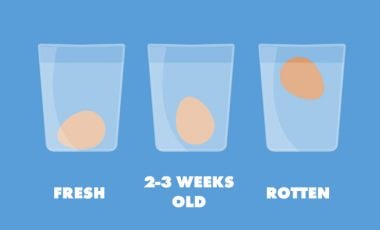Is burnt food unhealthy? Discover the answers in this article.
Oh no! Whether it’s in the smoke-filled kitchen, because your phone call was more interesting than the sizzling fried potatoes, or in the pizzeria accompanied by pleasant background music, we’ve all been faced with burnt food at some point. Charred or slightly charred food causes unease. Is it safe to eat black areas if the food tastes good otherwise, or might they in fact pose a serious health risk? Allow us to explain.
Black areas on toast, a pizza base or on a grilled sausage are caused by strong and prolonged heat. Carbon is produced during the burning and is responsible for the blackening. Although the carbon itself does not pose a problem in terms of health, many other substances are formed during the burning process. These other substances are unfortunately anything but healthy.
Ha! HAA, PAH and acrylamide in burnt food
What does all that mean? These substances are created by chemical reactions during the burning process. The abbreviation HAA stands for “heterocyclic aromatic amines” and PAH for “polycyclic aromatic hydrocarbons”. Besides these, acrylamide is also found in burnt food.
Acrylamide is formed when foods rich in carbohydrates are heated to high temperatures. Since this improves flavor, this reaction is even desirable up to a certain level of browning. With frying, baking, toasting, and deep-frying, there is the potential for acrylamide to form. The basic rule here is that the darker the food becomes, the more the acrylamide content increases. Burnt pizza bases, for example, are highly likely to be contaminated with the undesirable substance.
HAA, on the other hand, are found on the surface of burnt food which is rich in protein. This therefore primarily affects fish and meat dishes. Vigorous frying or barbecuing enables amines to start forming. The same applies here: the darker the food is fried or barbecued, the higher the HAA content.
PAHs are formed by incomplete burning of organic material such as wood, coal or mineral oil. Smoking and barbecuing, for example, are cooking methods which cause foodstuffs to become contaminated with PAHs. A typical situation when barbecuing is that some of the food falls or drips into the coal. The resulting hydrocarbons are initially found in the smoke, but may then settle on the food or be absorbed by inhalation.

Is there any danger to health?
In principle, no acute danger to health is posed by one-off or infrequent consumption of burnt or scorched food. Frequent consumption, on the other hand, increases the risk of damage to health and should therefore be avoided. One solution is to cut off the dark areas quite thoroughly, as it is not sufficient to remove just the completely charred areas.
Health risks are mainly due to the carcinogenic properties of HAA, PAH and acrylamide. PAHs, for example, contain 250 different substances, 16 of which are classified as particularly hazardous to health. Twenty different forms of HAA have been found in burnt food. Some of them also have carcinogenic properties. Acrylamide is also classified as a carcinogenic.
However, the property “carcinogenic” does not mean that cancer is actually triggered. To be on the safe side, you should avoid or at least reduce the consumption of burnt food. However, there’s no need to worry about consuming small amounts.






